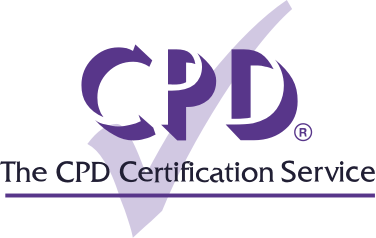Training and development programs are one of the most important investments a company can make for its employees. Whether the training programs are for new hires or to expand the knowledge of current employees, these programs help to maintain motivation. In this CPD article, we will be discussing what makes a training program successful, examples of training plans for employees and how to develop a training module.
How do you design a training program?
Training programs are created by companies to improve the skillset of workers. These programs can range from customer service, improving computer skills, safety and quality assurance etc. Training programs can take place in a classroom setting or online.
Due to the vast amount of training programs available, these can be tailored in order to meet an organisation’s needs and ensure employees obtain all the information required. Not only are training programs a great way to ensure your employees are kept up-to-date, but well run programs can help to attract talented staff and boost retention rates. Training programs need to be planned and implemented strategically as the last thing a company wants is unhelpful or unclear training that could confuse or demotivate staff. With that said, here are a few key steps to designing your training program:
Designing an effective training program
Step 1 - Assess training needs – The main thing to find out as a company is what employees need to be trained on. As training programs can be developed for various different reasons, it is crucial to know what would be most beneficial to improve the performance and knowledge of employees.
Step 2 - Develop learning objectives – Training objectives keep employees focused, and helps to ensure that individuals are working towards the same goal within the program. This makes it easier for individuals to achieve the desired results.
Step 3 - Design training materials – Designing training programs is important as although you may know what you would like to include, it helps to determine correct placement and the best way to deliver the programs. A few questions to ask yourself: are the resources ready? What is the most efficient way to deliver the training program? Will my employees understand the training that I am providing? Will they remember what has been said in training?
Step 4 - Conduct the training – Once the program has been created, it is time to implement the training. It is also important to know how to deliver the training. Current employees should be made aware of the new training program, why they need to do it and how it can help the business.
Step 6 - Evaluate the training – Once the training program has been delivered, it is a good idea to check the progress and evaluate the training session that you have provided. This could be in the form of a survey that is sent to employees where they can anonymously provide feedback. This is a great source of knowledge, as if there are points within the training that need changing, these parts can be amended to improve future learning.














